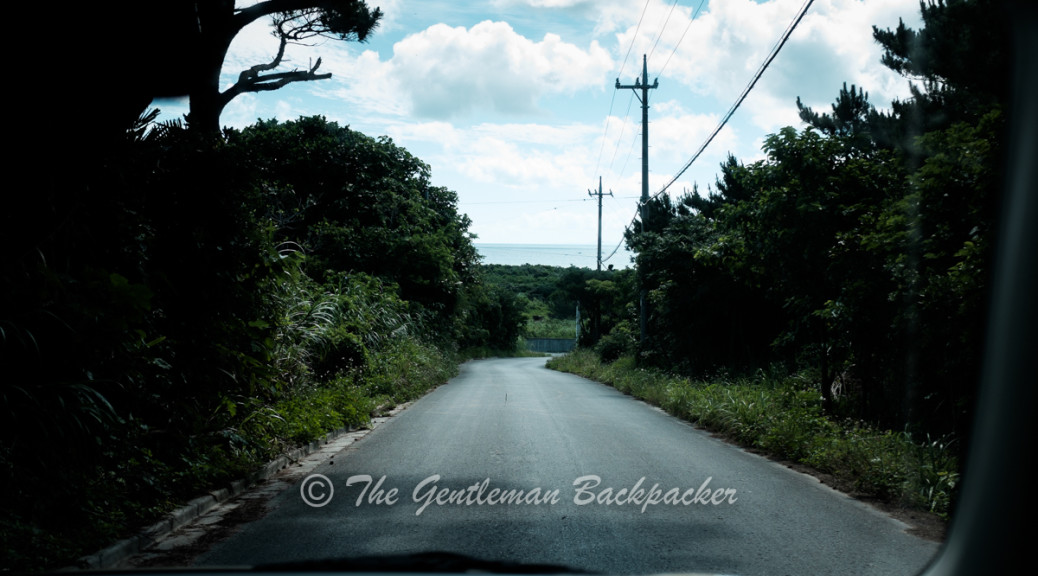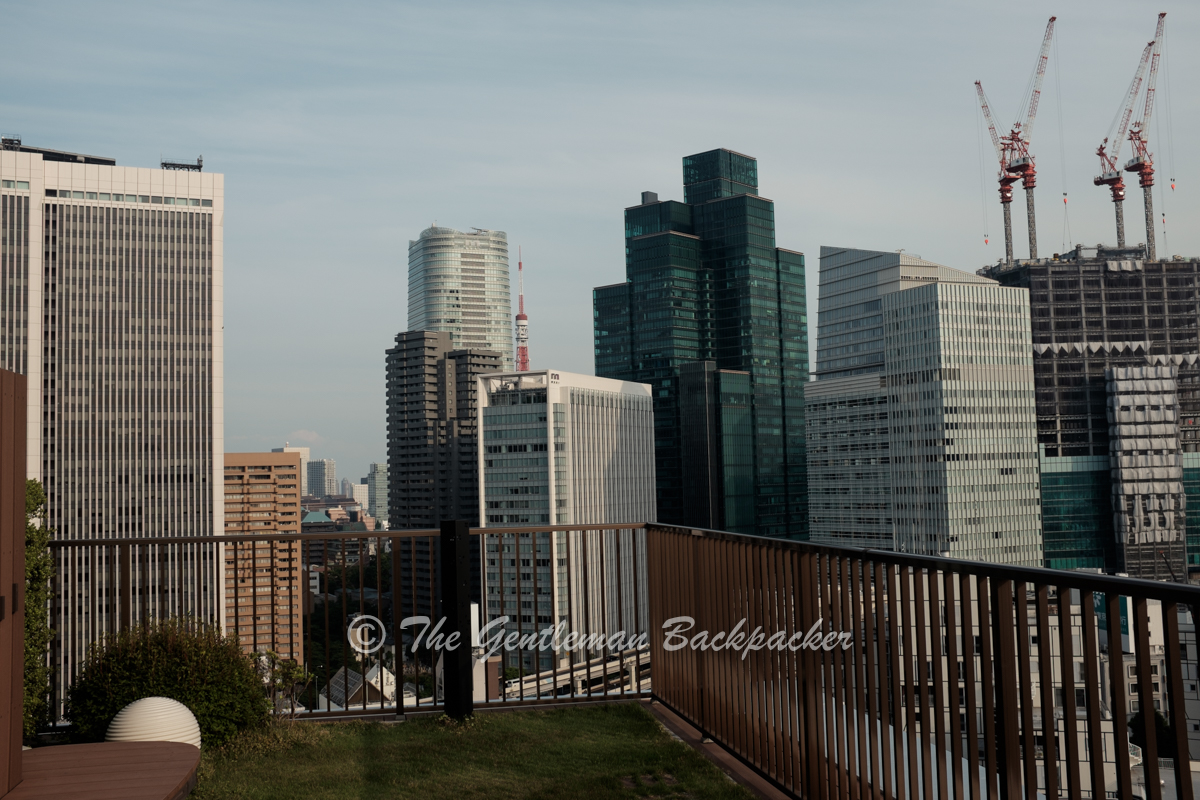
I had a sinking feeling as I stared at the black screen. I was treading water with my fins while I pushed the power button repeatedly to no avail. I swam back to the boat and climbed aboard the deck and wiped the phone clean. The seals covering the slots of the phone were all closed properly on my “waterproof” Sony Xperia Z3, yet somehow water had leaked in within the first minute of my being in the water.
And then it began to buzz. That sinking feeling began to sink to new depths. Shit.

It kept on buzzing for several minutes and there was nothing I could do to stop it. Short circuit, game over. I should have thought to try to pull the SIM card and micro SD card out at the time, but with the new, slim phone designs, my fingers couldn’t even get inside the slot to extract them without a tool. I was on a dive boat and miles from anything useful in that regard. I couldn’t pull the battery out, either, because of the way these “waterproof” phones are sealed. I was SOL.
Back ashore I tried the rice method to dry it out, as well as the blow dryer method, but there was nothing I could do to resuscitate the phone. I had just shelled out a lot of money for it a few months ago at the Sony Store in Canada. I had wanted it because, as a photographer, the 20.3MP camera with customizable ISO and exposure settings were of great appeal to me. I had also desired it for its professed waterproof capabilities, as I lead a very active lifestyle. No, I didn’t dive with the phone, I merely used it at the surface when snorkeling-once, for thirty seconds, yet it failed me.

This really sucked. Back in my finance days in Tokyo, I used to get a new phone every year, and I broke a few along the way, but these smartphones are a big expense now. I travel so much of the year and with no home base, it only makes sense for me to buy an unlocked phone. I do have several, old, burner phones for travel, but with terrible cameras. It also seemed the SIM card had survived, but the SD memory card, with thousands of priceless photos on them, was damaged (that will teach me to backup my phone photos, too). As of now, I don’t know how much is recoverable.
My phone broke while I was on the remote island of Iriomote on May 15. 11 days later, despite the anxiety of potentially losing my photos and shelling out 800 dollars for a new phone, I have to say that overall it’s one of the best things that has happened to me in quite some time.

At breakfast the morning after I had broken my phone, rather than checking my phone to see who had written to me overnight on email from North America, or reading up on the news on my NY Times digital app, I ate and enjoyed my breakfast and listened to the waves breaking on the beach. Breakfast became about breakfast, rather than a time to both work and eat. One table over from me, a middle-aged Japanese lady appeared distracted as she twiddled on her iPhone while giving a sideways glance to her food as she “multi-tasked.” I could appreciate that I was enjoying my breakfast in a way I hadn’t in a while. I had been touring around the country side of Japan for a month and I was that lady every morning. Now, I was free.
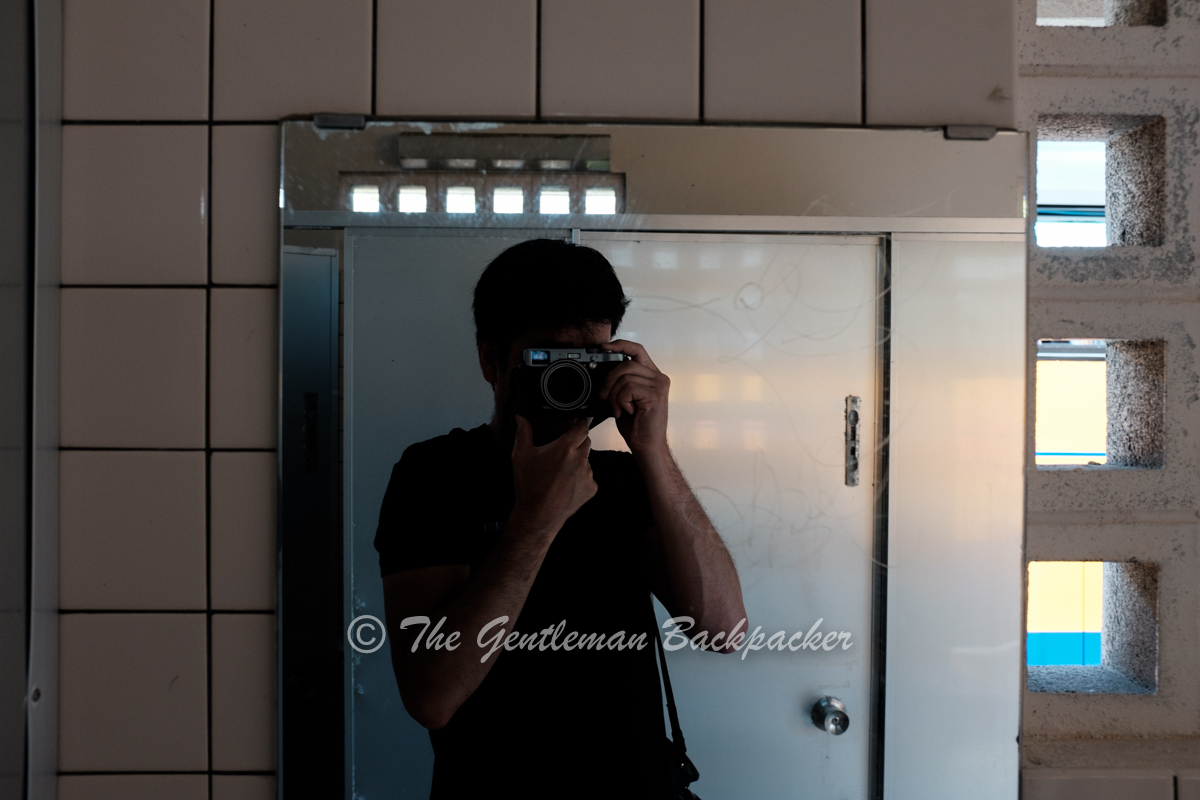
Oh, there were a few inconveniences, I suppose. I actually had to ask a disbelieving hotel front desk to borrow a phone. I even had to leave messages the old fashioned way through the front desk to the dive operator, and vice versa about the next day’s meeting plans. But my communication with the world already began to take on more structure. There was only one location in the lobby where wifi would work. And so I’d write shorter, more efficient emails and get them done during that time, then put the laptop away to go out for the day. Anyone who wanted to reach me was going to have to wait.
It’s funny how the world of communications works these days. I am old enough now where I can tell you that the days where I did and didn’t have a mobile phone are almost 50/50. And as I recall, I seemed to get along just fine without one. Cell phones were unobtrusive for a while (occasional calls and texts), but by the time I moved to Japan in 2002, NTT DoCoMo had developed mobile-based internet called iMode. This was a huge development and a precursor to the arrival of the smartphone a few years later. It was at this point that I think the phone began to erode the quality of my life a little bit, and I would assume similar is true for millions of people in Japan (which was on the cutting edge of mobile communication at the time). The phone now had functionality beyond calling and texting. You could browse the web (albeit only Japanese iMode-based websites–you couldn’t load a full page like you can with a smartphone) and send emails. Now you could distract yourself while waiting for a train, or while eating breakfast. A culture of seemingly soulless people addicted to clicking away on their phones developed across train station platforms all over Japan. If you ever visited Japan during the early 2000s, it was so very different from other countries in that way. That was a harbinger of similar things to come around the world.
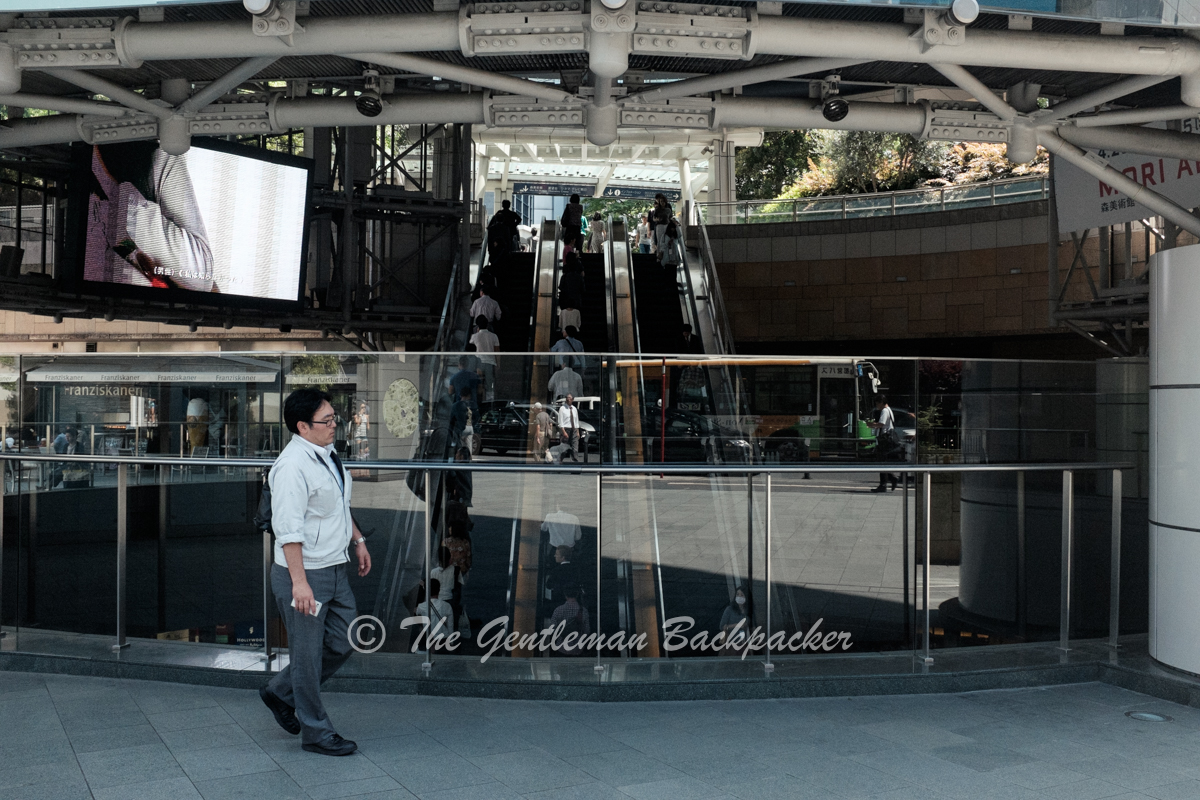
Fast forward to now. Due to friends using different apps and inviting me join their platforms, I’d have to pay attention to Google chat, WhatsApp, WeChat, Line, Facebook Messenger, Skype, Twitter, and Instagram, as well as email. Your online presence was known (even if you tried to go incognito or hide your online presence across all these apps, good luck with that—have you seen how Facebook now shows all your friends along the right side of the page, with updates on if your friends are active (green dot) or how many minutes or hours ago they were active on Facebook). It’s a huge invasion of privacy and really kind of disturbing. I think I was actually among the better ones at not making myself constantly and immediately available, but you can’t escape. I have younger friends who would send me a message on WhatsApp. I’d see it, but didn’t necessarily feel like replying at that very minute, choosing to go on with my task at hand and deciding a message that said “Hi” wasn’t urgent enough to warrant an immediate reply. If I replied back, that would allow a conversation to begin, and maybe I happened to be checking out some cherry blossom petals falling into a moat at a castle and didn’t want to engage in conversation then; or perhaps I would be low on batteries and wanted to conserve power somewhat. If I didn’t reply for ten minutes, this person would then send me a message on another app, for example, Facebook Messenger, which has a really annoying talking bubble pop-up that invades your screen (yes, I’m sure you can turn it off under settings-that’s not the point). “Hi.” Again. I close the bubble without opening it. A couple of minutes later “Are you ignoring me?” For F*ck’s sake! No, I’m not ignoring you, I just wanted some space and didn’t want to reply right now. “Oh. Did I do something wrong?” You have got to be kidding me, right? A person isn’t allowed to not reply immediately these days?

At this point, you’re probably saying, “Yeah, yeah, gramps. If you don’t like technology and don’t like being connected in this manner, why don’t you turn off your bloody phone.” Thing is, smartphones are very convenient. You almost never get lost because you can pull up your map and get directions to where you need to go. You’re alerted to all the latest news. I could set a calendar alert to notify me at the optimal time of each day when my social media followers were most active. Oh, 8PM Eastern, I better put up an instagram post. All of that was lost to me, and still is. Not surprisingly, my quality of life has been great. For all the inconveniences I suffered (I think I probably timed out and thus lost a half dozen games of “Words with Friends,” sullying my 35-2 record—oh well), I found a lot of freedom. I wasn’t checking my phone constantly anymore and I’d actually have to ask people for directions. Sometimes, I even got lost. What a concept! I had a photo exhibition among friends coming up, and I am pretty sure I dropped the ball on communication with a few of them, abruptly going radio silent, but otherwise, my life began to have structure (if you’re reading this and you’re one of those friends, I apologize).

If you happened to read my recent post about the Cayman Islands, you would know that I recently went completely off the grid (internet and phone) for 8 days somewhat unexpectedly in Cuba. And that was a great time, too. But I had a lot to keep me occupied as I toured the country in a vintage car, shooting photos. This was different, as I returned to Tokyo in a couple of days and had a pretty much “normal” life devoid of tourism activities to keep me occupied then. So, could I go ten days under normal life circumstances without having a phone the entire time? The answer turned out to be a resounding “yes.”

Oh, at some point soon, I will bite the bullet and reacquire a phone, for sure. And I will slowly slip back into old habits as well, but I’ve enjoyed this digital vacation. No one can really get mad at me for not replying right away because I have no idea they are trying to reach me until I get home and open my laptop and everyone understands you can’t be reachable easily if you don’t have a phone. Checking email on WiFi is a manageable once-a-day or twice-a-day task. Doing everything we ought to be doing all day and combining it with constantly being on our phones surely must undermine the quality of our lives and the efficiency of our work. So what’s my solution? I don’t know for sure, but aside from emergencies (if you really have an urgent situation, call me—don’t text), I think I may put in place a rule for myself: plug myself in only twice a day. Anything else, I’m sorry, but it can wait. Yes, my “social media” life may suffer and I may lose Twitter followers and Instagram followers and so on, but the other parts of my life are going to benefit directly. How will I enforce my own rules and views and stay disciplined? That part is going to be tougher. I think any communication app that I have, I am going to turn off the push alert function entirely. You can contact me, but unless I go in and open the app, I am going to have no idea. I don’t even want to see those tempting icons at the top of my phone that tell me you’ve sent me something. Any app that doesn’t let me turn them off? I’m not going to reinstall on my phone.
So, that’s it. I will let you know in a few months how it’s going. I’m not saying you need to go dump your phone now in the bath, but maybe the next trip you take, leave your phone off and in the suitcase and see if you can go the whole time without ever taking it out. I really do recommend it.
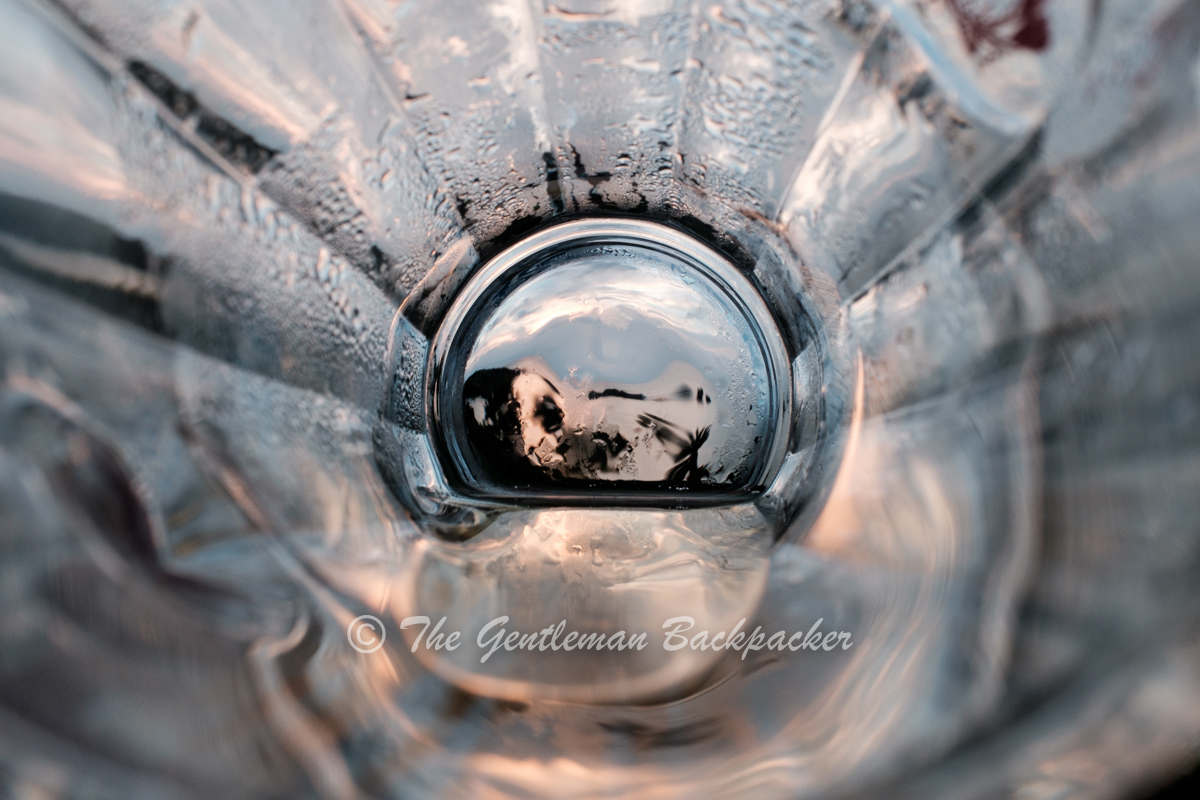
Thanks for reading this post! If you liked it please think about subscribing by following this link Subscribe here. You will receive an email when new articles are posted. Your email address will be secure and you will never receive any marketing emails from third parties. Every new subscriber matters since this is a relatively young site. We really appreciate your support.

